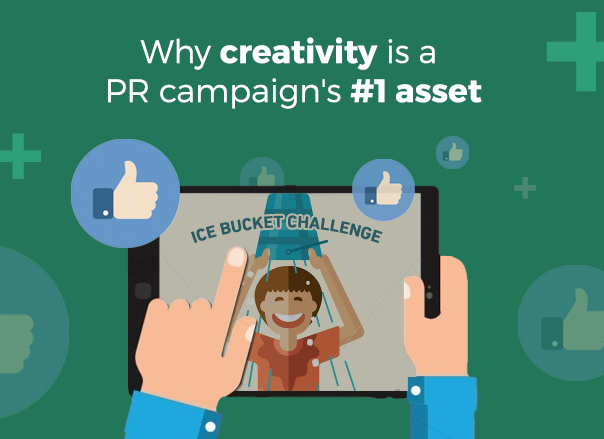There’s always two sides to every story, and digital PR is no exception. Today, we’re going to talk about a major PR channel: videos. Nowadays, video channels are more popular than ever before, and platforms like Facebook, YouTube, Vimeo are being added as another layer of marketing for companies.
In terms of PR, the bright side of the video-sharing platforms is made of the many benefits that these offer: put together, they hold a +2 billion people audience per month. Also, they offer tools that make performance easy to follow up and give many customization options to campaign managers. All good things. On the other side, there’s no such thing as easy victories: in these platforms, content is uploaded at astonishing rates, competition is merciless and attention spans are limited.
Given that the potential audience for a PR campaign can be counted on the billions, a challenge-abundant scenario should not appear as totally absurd. The key, however, lies within choices. When planning a PR campaign, there’s nothing more important than learning how to pick the right battles.
Poorly chosen battles aren’t really news. Day after day we get to see multi-million video productions fail against homemade videos, grandiloquent causes forgotten due to weak messages. While it’s great to count on some extra money when developing a campaign, money itself won’t come to the rescue. Above all the millions, way past an excellent media plan and beyond every possible celebrity backup, the most important thing in a PR campaign remains to be creativity.
Creativity is the main ingredient for a successful PR campaign. The benefits of creativity go beyond the message itself. For example, the famous ‘Ice Bucket Challenge’ relied on a creative concept that reduced production costs to nearly zero: people were making and sharing their own videos. It was, at the same time, one of the most successful and cheap PR campaigns ever.
Creativity is virtually limitless, except for one thing: every creative effort must be aligned with the brand’s values – otherwise, it wouldn’t make much sense. The Ice Bucket Challenge showed how a campaign can be aligned with a charitable cause and the core values of an organization.
On the other hand, if everything goes well and success is attained, the campaign will be scrutinized by the public. This means that at least a portion of the audience will connect the dots that separate what the campaign says from what the brand does and says (and what has done and said in the past), looking for contradictions. There aren’t many brands that want to be found between a rock and a hard place, and the only way to avoid such situation is to remain faithful to the values.
To conclude, it’s good to clarify that while creativity is the most important aspect of a campaign, it’s far from being foolproof. It will not guarantee low production costs or rapid viralization. However, creativity will provide alternatives and options that, given the ultra-competitive context, can make the difference that a brand desires. That alone is worth the creative effort.

